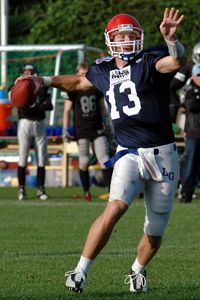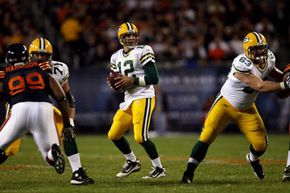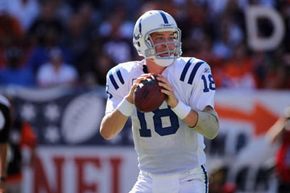You can barely be heard over the cheering of the crowd. They are clapping and stomping their feet so loudly that the other ten guys around you huddle in closer to hear you call the play. Once the message is received, all eleven players burst from the group and sprint to the line. Time is of the essence as you line up five yards behind the center in the shotgun formation. On your command, the center shoots the ball back to you, and time slows down a bit as the chaos and fury of the play begins.
You scan the field, looking for your open receivers. Option one is covered by two defenders; option two has run the wrong route, again. And then you see him: your third option, running wide open down the left side of the field. You rear back and send the football spiraling down the field and into the waiting hands of your receiver. He dodges a tackle and sprints another 15 yards to the end zone. Touchdown!
Advertisement
Your pass has not only won the game for you and your team, but has also gone a ways toward boosting your overall quarterback rating, a system designed to track the play of this ever-so-vital position. The name may be a bit misleading, as the rating system only looks at the passing play of the quarterbacks, and not how they perform overall. What that means is that a quarterback who runs for three touchdowns in a game, but only completes five passes out of 30 tries, will have a lower rating than one who runs for zero touchdowns but completes 20 of 23 passes.
Since the rating system looks at passes, it only relies on four major stats: percentage of completions, average yards per attempt, touchdown passes and the dreaded percentage of interceptions [source: NFL.com].
Before we get into the meat of the rating system, let's see where it began. Huddle up and read on for a breakdown of the history of this system.
Advertisement


